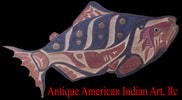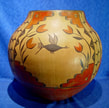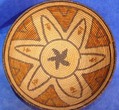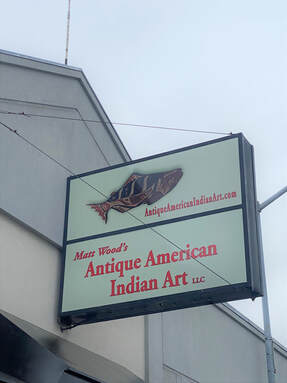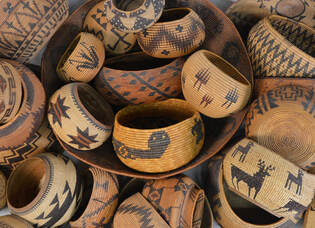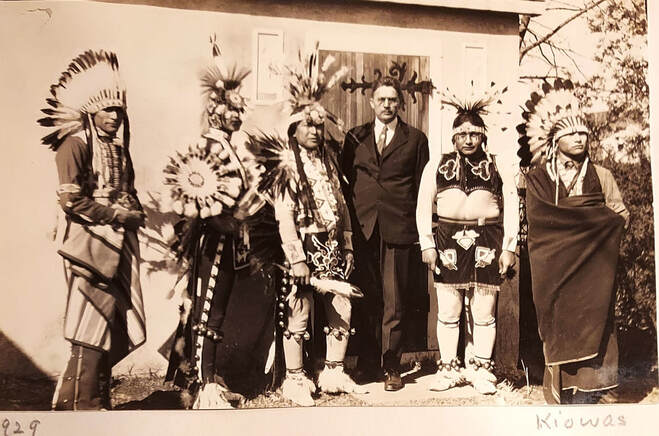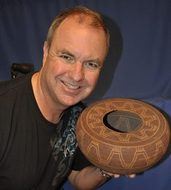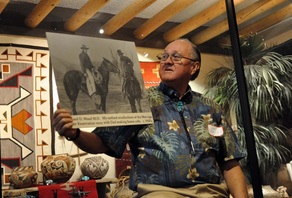Antique American Indian Art, llc
Specializing in Fine Antique American Indian Art & Artifacts
A Gallery of the Greater Seattle, Washington Region
Gallery / Museum in Oak Harbor, Whidbey Island, WA
OUR Mailing / Shipping and Street ADDRESSES
We have moved into our new Gallery and Museum in Oak Harbor, WA and are currently open by appointment only.
Antique American Indian Art, llc - AAIA
Whidbey Island Native Arts Museum - WINAM
Primary Mail:
AAIA, llc
P.O. Box 901
Oak Harbor, WA 98277-9998
----------
All Box Shipments:
AAIA, llc
50 NE Midway Blvd.
Oak Harbor, WA 98277
-------
No SALES TAX for non-Washington State Customers
We have been picking up lots of New Acquisitions. Bookmark our page and come back frequently!
We:
- Specialize in North American Indian art and artifacts from the 19th and 20th centuries
- Primarily acquired from private estate collections.
- Serve the Greater Seattle, Washington area with our galleries by appointment only
Using This Site
1. Available Art and Artifacts are under the THE ARTIFACT COLLECTION GALLERY CATALOG Button (top left, under Home)
2. Learn About the Art pages are still being populated although there is a lot there right now to read.
3. Free Appraisals are limited to 1 per person and we do not include stone artifacts or fine art.
4. Additional appraisals, Stone items and Fine Art are only $15 per artifact or artifact group evaluated as 1 lot
5. We offer paid Formal Letterhead Appraisals for insurance and estate purposes at a reasonable cost.
6. We offer Restoration and Cleaning of most Indian art and artifacts. See link above left.
7. Satisfaction is Always Guaranteed with a full money back policy.
8. Shipping is Free for most items. We exclude oversize and international.
2. Learn About the Art pages are still being populated although there is a lot there right now to read.
3. Free Appraisals are limited to 1 per person and we do not include stone artifacts or fine art.
4. Additional appraisals, Stone items and Fine Art are only $15 per artifact or artifact group evaluated as 1 lot
5. We offer paid Formal Letterhead Appraisals for insurance and estate purposes at a reasonable cost.
6. We offer Restoration and Cleaning of most Indian art and artifacts. See link above left.
7. Satisfaction is Always Guaranteed with a full money back policy.
8. Shipping is Free for most items. We exclude oversize and international.
Tuesday Talk with Matt Wood
Come visit our new online lecture discussions on various topics surrounding collecting Antique American Indian Art
Of Special Note:
The Pottery of Maria Martinez
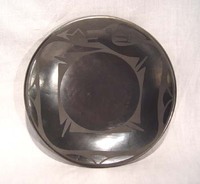
With the largest collection of Maria Martinez pottery available today, we specialize in all forms and signatures of Maria's works.
Click Here to See The Collection!
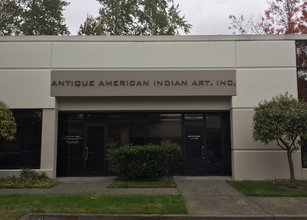
IF you don't see it on our website, email us your wish list!
We may have it in stock but not yet online.
Call Direct 949-813-7202 if you have questions.
- Always Buying and Consigning:
- Northwest Coast Wood Carvings, Masks and Totem Poles and related items
- Navajo Rugs and Navajo Blankets, Serapes, Chief Blankets, Regional Rugs, Ganado, Two Gray Hills, Crystal, Toadlena, Raised Outline, Teec Nos Pos, Shiprock Yei, Pictorials
- Southwest, California and Northwest Basketry : Alaskan Eskimo Apache Attu Chemehuevi Chumash Columbia River Gabrielino Hopi Hupa-Karok-Yurok Kawaiisu Klamath Maidu Makah Mission Modoc Mono-Miwok-Paiute Nootka Northwest Papago Panamint Pima Pit River Plateau Pomo Siletz Tlingit Tubatulabal
- Pueblo Pottery - Prehistoric, Historic, Early Contemporary and Contemporary; Acoma, Cochiti, Isleta, Jemez, Laguna, Nambe, Ohkay Owingeh (San Juan), Pojoaque, Sandia, San Felipe, San Ildephonso, Santa Ana, Santa Clara, Santo Domingo, Taos, Tesuque, Zia, Zuni
- Hopi Kachinas Dolls
- Silver and Turquoise jewelry, Old Pawn through Contemporary: Hopi, Navajo and Zuni
- Plains and Plateau Beaded Items and Artifacts
- Weapons: Bow and Arrows, Clubs, Knives, Spears
- Fine Art - Paintings, Photographs including Edward Curtis, Lithographs
- Early Man Artifacts
